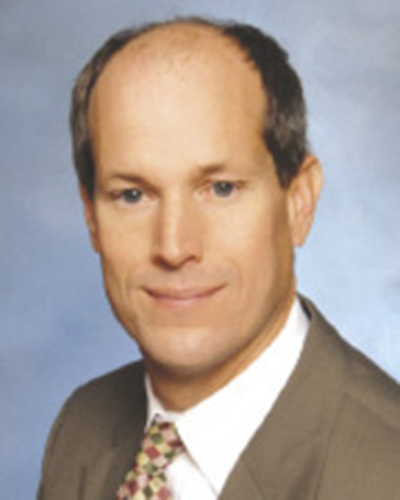News:
Shopping Centers
Posted: September 4, 2009
Six strategies for continued growth in today's challenging economic environment
Since 1991, Phillips Edison & Company has been in the business of acquiring grocery-anchored shopping centers with upside potential and applying our expertise to maximize their value. Our tremendous success has made us the seventh largest private owner of retail real estate in the country, with more than 245 properties in 35 states, totaling over 26 million s/f. Our recent refinancing of $118 million of mortgage debt is a powerful indicator of our financial strength in today's restricted lending environment, but we recognize that companies who survive and thrive in today's challenging economic environment will be the ones who have the flexibility to develop new strategies for growth. We have always found opportunities in challenging economic environments and "adjusted our sails" accordingly.
Strategy #1: Expand Acquisitions Criteria
Phillips Edison & Company has doubled its holdings every three years and has built a portfolio worth $2.5 billion. Our most recent Opportunity Fund (Fund IV) provides $300 million of equity for acquisitions, in addition to a $500 million debt facility already in place. We have streamlined our operations and expanded our acquisition criteria to include higher-quality properties in larger markets. This strategic change will strengthen our portfolio of properties and increase our investors' returns.
Strategy #2: Adapt Development Goals
In 2007, we raised a $70 million equity fund which targeted undervalued land for new retail real estate development opportunities. In response to the dramatic changes in today's economic environment, we have refocused this fund to target distressed owners/developers who need our competitive advantages to bring stalled projects to fruition. We are leveraging our equity, operating expertise, and national platform to identify these opportunities that can be purchased at a discount, generate current cash flow, and are anticipated to deliver outsized returns with lower project risk.
Strategy #3: Restructure Leasing Assignments
Our leasing team has made adjustments to their strategy by assigning senior agents with select teams focused on big box vacancies, renewals and outparcels. By putting our best people to work on targeted problems, we have achieved remarkable success. We leased 1 million new s/f of vacant space in the first six months of 2009 - more vacant space than we leased in the entire year of 2008. Instead of reducing the number of leasing agents as many of our competitors have done, we have continued to upgrade and increase our leasing staff with experienced agents who bring with them superior negotiating skills and established relationships with a broader array of national tenants. Our history of acquiring properties with high vacancy rates prepared us well for the explosion of store closings and challenged us to find creative solutions under difficult circumstances.
Strategy #4: Reduce Net Costs of Property Operations
Our property management capabilities continue to offer an exceptional combination of property-level focus and institutional-level efficiencies. We have consistently outperformed the shopping center industry's average costs. In 2008, our CAM costs for larger centers were an impressive 45% lower than the national average as reported by the International Council of Shopping Centers. For smaller centers, our costs were 34% lower than the national average. In 2009, our property management team continued to beat the industry and reduced our operating expenses by an additional 15%. In addition, our property management team has begun to supplement the leasing effort by executing temporary deals for carnivals, Goodwill donations and more. In the first six months of 2009, this effort contributed more than $500,000 of unbudgeted revenue to the bottom line.
Strategy #5: Apply Development Expertise to New Markets
As a preferred developer for Walgreens, our single-tenant development group produces a constant stream of triple net leased inventory for sale. To achieve growth in the current economy, this group has expanded its client base to include additional retailers seeking to take advantage of this economy to grow their store base.
Strategy #6: Initiate Dispositions Program
We expanded our dispositions program to include non-core shopping center properties and outparcel sales to free-standing triple net tenants.
Phillips Edison & Company will continue to specialize in the acquisition and turnaround of grocery-anchored shopping centers. We are confident that our national platform, solid financial position and exceptional operational performance will keep us strong through these difficult times. But it is our flexibility, our willingness to adapt, and our commitment to innovation that will allow us to continue our growth.
John Bessey is the VP, acquisitions & dispositions, Phillips Edison & Company, Cincinnati, Ohio.
Tags:
Shopping Centers
MORE FROM Shopping Centers
2024 Year in Review: William O’Brien, M.C. O’Brien, Inc.
What noteworthy transactions or deals from this year best exemplified key market trends or shifts? I would like to say there was an outstanding transaction for me this past year but 2024 was more a culmination of long-term relationships, most of which continued to transact. Deals were smaller in many cases but we saw robust leasing both on the agency side as well as on the tenant side.

Quick Hits





.gif)


.jpg)
.gif)